Battle of South Mills

Beez Neez now Chy Whella
Big Bear and Pepe Millard
Wed 23 Nov 2011 22:47
|
The Civil War and The Great
Dismal Swamp
The Dismal Swamp Canal, opened to
waterway traffic in 1805, became a “prize of war” during the Civil War. In the
early months of war, southerners used the canal to transport much-needed
supplies. W.F. Lynch, Commander of the C.S.S. Sea Bird, a side-wheel steamer,
received naval supplies via the canal when he was in charge of a tiny fleet
defending Roanoke Island.
Sea Bird
was built at Keyport, New Jersey in 1854, was
purchased by North Carolina at Norfolk,
Virginia in 1861 and fitted for service with the
Confederate States Navy. Her displacement was 202
tons. Length: 133 feet. Beam: 21 feet. Depth of hold: 7 feet. One deck. One low
pressure 30 x 84 inch vertical-beam engine built by Birbeck, Furnam & Co.,
NY. She carried 42 officers and men. She was armed with one 32-pounder
smoothbore cannon, one 30-pounder rifled cannon. No mast and no figurehead. She
was assigned to duty along the Virginia and North Carolina coasts with
Lieutenant Patrick McCarrick, CSN at the wheel.
Sea Bird served as the flagship of Confederate Flag Officer William F.
Lynch’s "mosquito fleet" during the hard-fought
battles in defense of Roanoke Island on the 7th
and 8th of February 1862, and Elizabeth City, North Carolina, on the 10th of
February when she was rammed and sunk by USS Commodore Perry one of Admiral
Goldsborough’s fleet. Her casualties were
two killed, four wounded and the rest captured. Two other ships fled northward up the Paquotank River to the Dismal
Swamp Canal en route to Norfolk. While C.S.S. Beaufort made it safely through
the Canal to Norfolk, C.S.S. Appomattox was two inches too wide to enter the
locks. Rather than let his ship be captured by the enemy the captain set her on
fire.
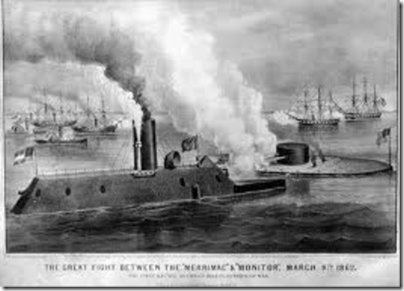 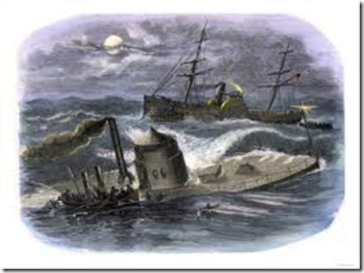
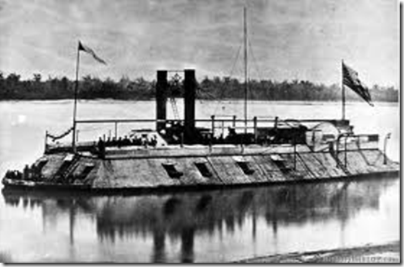 Union forces did not attempt to
capture control of the Dismal Swamp Canal until two months later. According to
the Editor Frank Moore of the Rebellion Record, it was known that - Rebel
entrenchments and batteries to protect the canal had been installed at South
Mills. Also, this was the time of the “ironclads”, with the battle between the
Monitor and the Merrimack
at Hampton Roads on the 9th of March 1862. Word reached General Burnside, who
had established a position in New Bern, that Confederates were building
ironclads in Norfolk and intended to bring them south through the Dismal Swamp
at Currituck Canals. Therefore, General Burnside ordered General Reno to move
troops to South Mills to blow up the locks there, then proceed to the
Currituck Canal and destroy its banks.
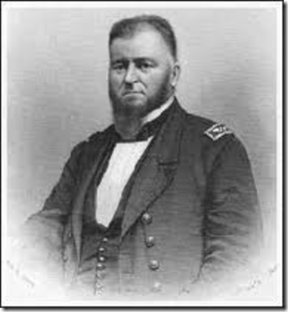
General Louis
Malesherbes Goldsborough and General Jesse Lee Reno
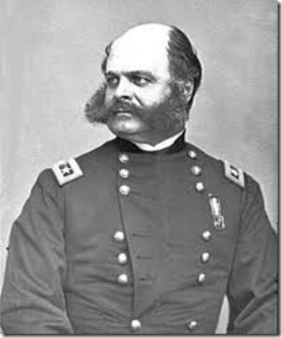
General Ambrose
Everett Burnside – the man the world got “sideburns” from
and Colonel Augustus Romaldus Wright.
General Reno moved his
command of three thousand man from Roanoke Island on the 17th of April and
transported them by water to Elizabeth City. From there, they marched north to
South Mills, accompanied by three wagons loaded with explosives to be used on
the locks. After marching all night, Reno’s men encountered the Third Georgia
Regiment, commanded by Colonel Wright, just below the locks at the edge of the
woods at the north end of Sawyer’s lane. On the 19th of April seven hundred and
fifty defenders withstood Union assaults for five hours. Running low on
ammunition, Wright withdrew his troops to a new position about a mile away.
Unaccustomed to the oppressive heat, the Union forces did not pursue and, in
fact, rapidly withdrew back to their boats, leaving their dead and wounded
behind and the canal intact.
Despite claims to the contrary, The
Battle of South Mills was a failure for Federal troops because their mission was
not accomplished even though the smaller Confederate army retreated. Soon
afterwards, however, Norfolk surrendered on the 10th of May 1862, and Union
troops transported goods on the Canal. In a “Letter from the Secretary of the
Treasury in reference to the interests of the Government in the Dismal Swamp
Canal”, Leroy G Edwards, Collector of the Tolls for the Dismal Swamp Canal
Company, testified: “In the latter part of the summer of 1862, the US forces
took possession of the work. They gave us much trouble......Goods were carried
through under military permits. I asked payment of tolls, which were
refused”.
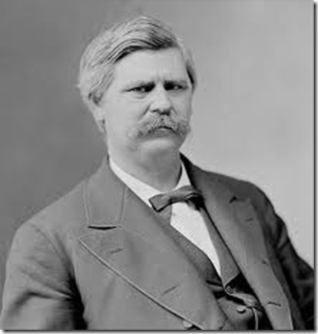 General Edward Augustus
Wild and Governor Zebulon Baird Vance
During this time, a sizable number of
Confederate sympathisers and deserted soldiers were hiding in the swamp, making
periodic raids on Federal boats. Official Army records document on the 5th of
December 1863, Brigadier Wild led forces from Norfolk to South Mills and Camden
Court Hose to capture these rebel forces. However, the two small steamers
carrying supplies for his forces were by “some unaccountable blunder.....sent
astray through the wrong canal”, and did not catch up with general Wild until he
arrived in Elizabeth City. Rebels eluded this expedition in the vastness of the
swamp. All settlements discovered on this march were burned and confiscated,
innocent men were hanged and women taken as hostages. North Carolina Governor
Vance referred to General Wild’s actions as a “disgrace to the manhood of the
age. Not being able to capture soldiers, they war upon defenseless women. Great
God! What an outrage”. The Union forces returned to Norfolk on the 24th of
December, leaving a trail of destruction behind them.
Following the surrender at Appomattox
on the 9th of April 2865, the Canal was returned to its owners in a deplorable
condition.
ALL IN ALL WOULDN’T WANT TO
BE A DESERTER IN THE SWAMP.........
BIT OF A MESS REALLY
|